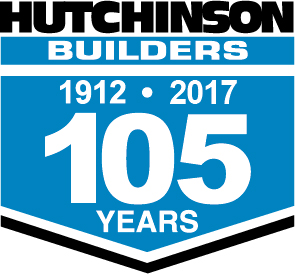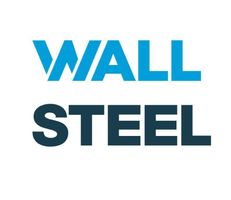Title Page
HSEQ Observation
Step 1: Complete Site/Task Details
-
Project:
-
Project No:
-
Location
-
Observation by:
-
Observer Position
-
Observer Signature
-
Date and Time
Step 2: Brief Description of Site Conditions/Work Environment
Step 3: HSEQ Engagement Discussion
-
Discuss the following:
Can you tell me about your job? What do you do?
What could go wrong? What are the greatest hazards you face?
Do you think we have these hazards under control?
Do you think there are any safety issues here that are not being dealt with adequately?
Do you think there is a better way of doing the task or are procedures adequate?
Any HSEQ initiatives?
Make notes on discussion or issues:
Step 4: Complete Site Walkover Checklist
Are workers wearing the correct Personal Protective Equipment?
-
Hearing Protection
-
Head Protection
-
Face/Eye Protection
-
Hand Protection
-
Foot Protection
-
Other PPE listed on SWMS
Body Mechanics and Positioning
-
Excessive Lifting, pushing, pulling or reaching
-
Moving around protruding and/or sharp objects
-
Mounting/dismounting using 3 points of contact
-
Positioned outside of ‘the line of fire’ of hazards
-
Hands or fingers in working close to pinch points
-
Working in awkward positions or overreaching
Work Environment/Area
-
Slip/Trip or fall hazards controlled or removed
-
Work area free of excess rubbish and debris
-
Work area delineated to restrict unauthorised entry
-
Appropriate signage erected around work area
-
Storage and disposal of material/chemicals
-
Interface with other activities/parties on site
Procedures
-
Personnel completed Take 6’s<br>
-
Personnel trained in the tasks
-
Relevant SWMS available on the job
-
SWMS steps followed and signed
Tools and Equipment
-
Tool selection, condition & use
-
Equipment selection, condition and use
-
Equipment prestart inspection completed
-
RCD’s in place for electrical equipment
Quality Assurance
-
Equipment calibrated
-
Work conducted as per PCF’s
-
ITP’s completed<br>














